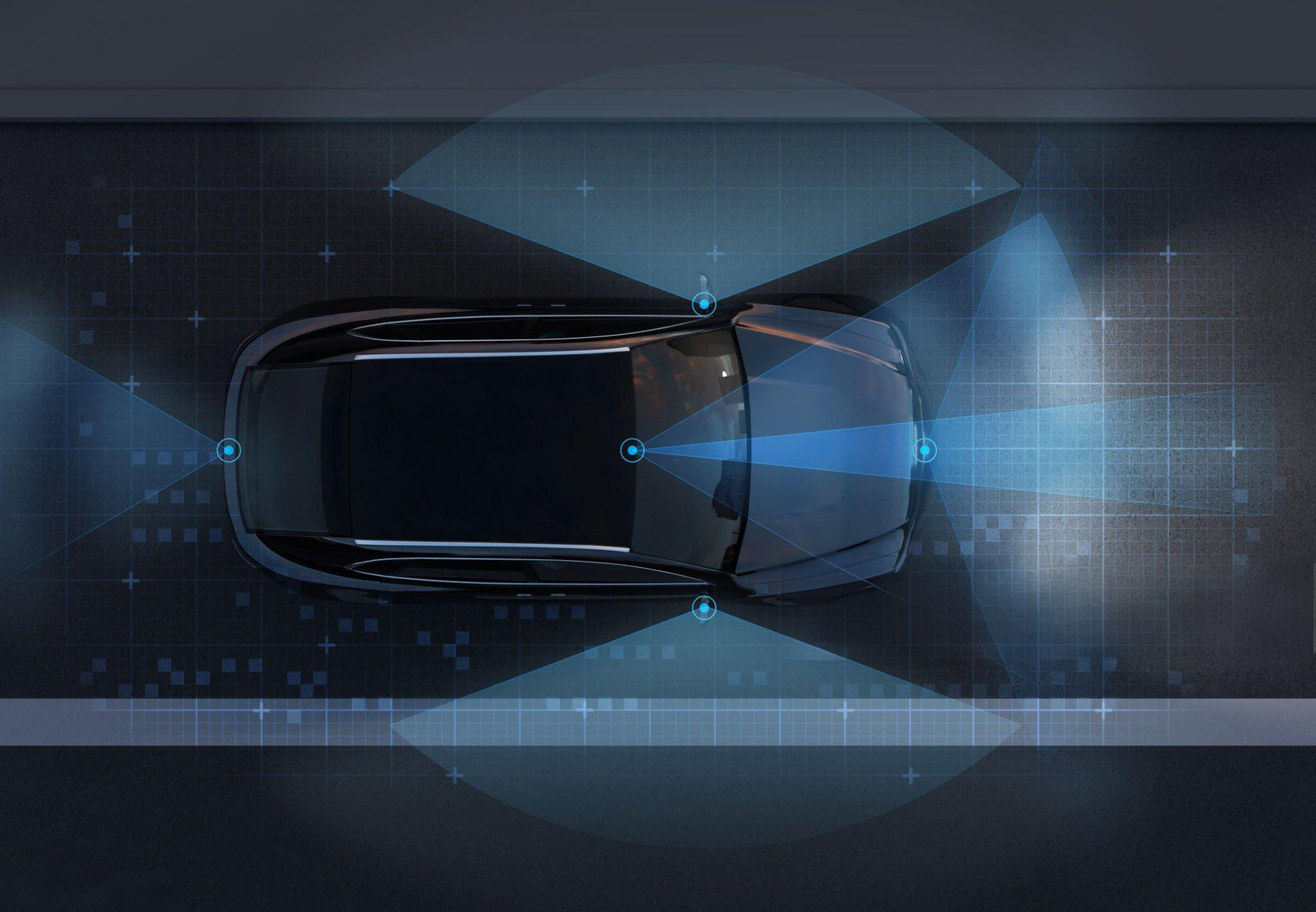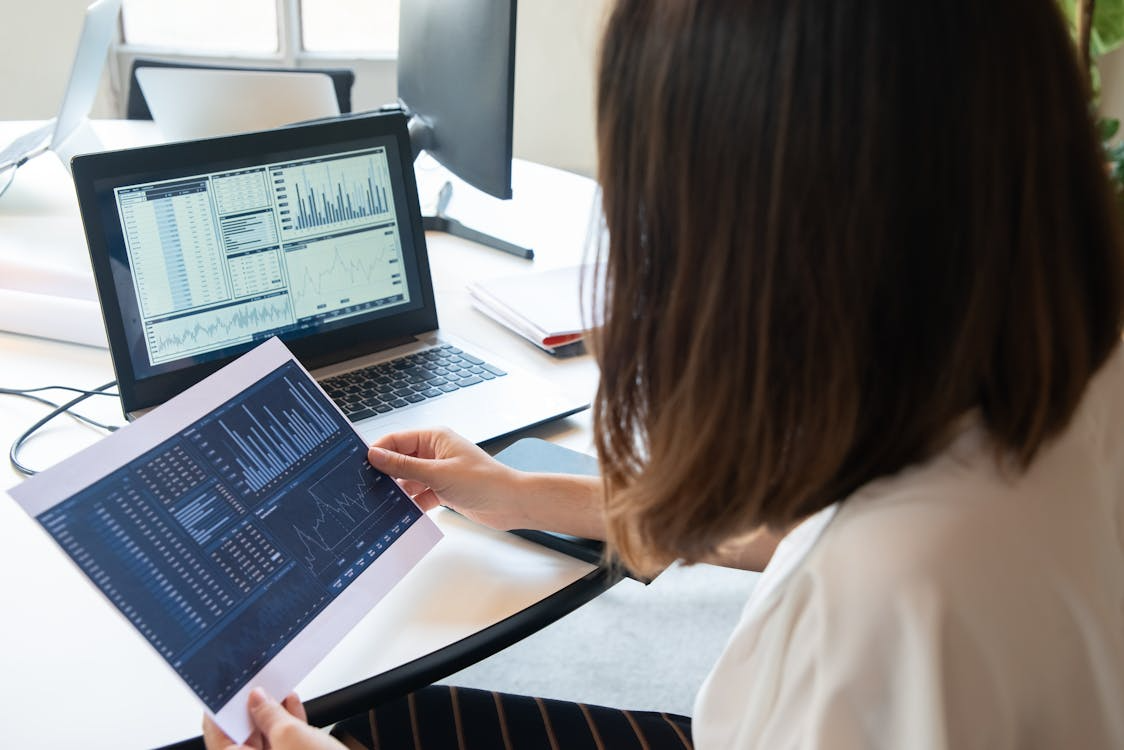When engineers in autonomous vehicle development teams grapple with sensor data, the perennial question arises: LiDAR or cameras? LiDAR shines in delivering pinpoint accuracy on distances, firing off laser beams to build intricate 3D point clouds that map out the environment with centimeter-level precision. Cameras, meanwhile, capture the vivid details—colors, textures, and contextual clues like a stop sign's shape or a cyclist's hand signal. Yet neither stands alone without flaws. LiDAR can get thrown off by heavy rain or shiny surfaces, and cameras struggle in dim lighting or when gauging how far away something truly is. That's the crux of why sensor fusion matters: it marries the best of both worlds for a more reliable view of the road ahead in self-driving tech.
Training these fused systems demands annotation strategies that go well beyond the basics, like sketching simple boxes on flat images. It's about syncing LiDAR's 3D labels with camera-based 2D ones so the AI sees the same pedestrian or car from every angle. I'll walk through this logically, highlighting the hurdles and how fusion tackles them, backed by solid evidence from industry studies and datasets.
Start with what each sensor hands you. Cameras give 2D snapshots, where labeling means drawing bounding boxes or segmenting areas to tag things like lanes or obstacles. That's relatively quick for visual recognition tasks, but it misses the third dimension entirely. LiDAR flips that script with its 3D point clouds—vast collections of points that represent real-world surfaces. Annotating these involves wrapping 3D boxes or meshes around objects, which requires advanced software and a keen eye. The sheer volume is daunting: a typical LiDAR scan in an urban scene can spit out millions of points per frame, making manual labeling a time sink that drives up project costs. And then there are the inaccuracies; if calibration slips or points get misaligned, it can spike detection errors in tricky spots, like confusing a shadow for an object, leading to failure rates as high as 20% in edge cases.
Occlusions add another layer of complexity in LiDAR labeling. Picture a busy city street where a truck partially hides a walker—the points overlap, blurring boundaries and demanding clever segmentation techniques like voxel-based clustering to sort them out. Weather doesn't help; data from the KITTI benchmark shows that rain can introduce up to 15% more noise into point clouds, scattering outliers that annotators must filter to avoid training flawed models. For robotics pros, this underscores the need for datasets spanning all conditions, but ramping up annotation without skimping on quality remains a tough nut to crack.
Enter 2D-3D fusion as the smart workaround. The idea is to overlay LiDAR points onto camera frames, or the reverse, creating a cohesive labeling setup. It kicks off with extrinsic calibration to align the sensors' viewpoints, using math like transformation matrices to match a LiDAR cuboid to a camera's bounding box. Annotators might begin with a fast 2D label on the image for context, then leverage LiDAR's depth to extend it into 3D. This hybrid approach doesn't just verify labels across sources—it slashes labeling time by 30-50% in streamlined workflows, letting teams handle bigger datasets efficiently. Techniques like propagating segments between modalities ensure the system links the same object seamlessly, even if fog obscures the camera's view.
The real-world wins are compelling and quantifiable. Fusing LiDAR and cameras can lift object detection accuracy by up to 25% in demanding settings, as detailed in a 2023 analysis of real-time algorithms. In poor visibility, like dusk or storms, these systems cut false negatives for pedestrians by around 40%, bolstering safety where single sensors falter. Look at players like Waymo and Tesla: their fused datasets routinely hit mean average precision (mAP) marks over 90% for spotting multiple object types, outpacing solo-sensor results handily. Simulations bear this out too, with fusion trimming collision risks by 15-20% in city trials, proving it's not hype but a tangible edge for safer autonomy.
For ML engineers in autonomous driving or robotics firms, nailing these fusion annotations signals you're equipped for the toughest data challenges out there. It's about crafting datasets that truly reflect chaotic real-life scenarios, not just tidy lab conditions. And as projects go global, tapping into specialists for multilingual handling smooths the path. Consider Artlangs Translation, experts in over 230 languages with years dedicated to translation services, video and short drama subtitle localization, game localization, multilingual dubbing for audiobooks and shorts, plus proven prowess in multi-language data annotation and transcription—their case studies show how they elevate international efforts without a hitch.











